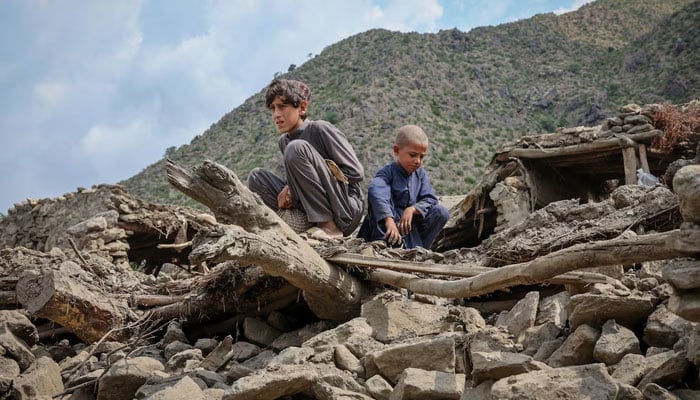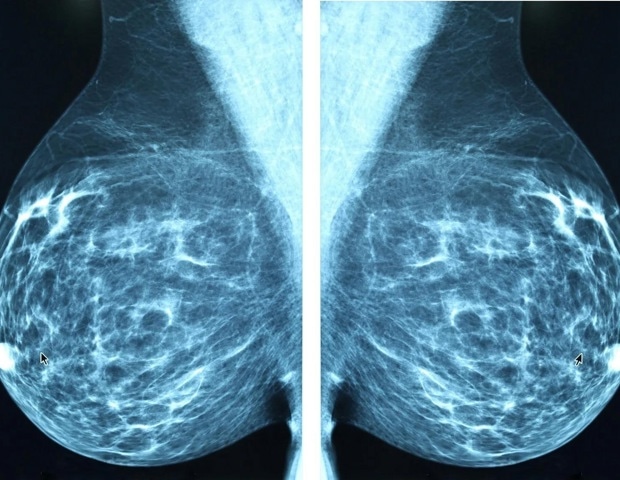The federal government has dispatched 105 tonnes of humanitarian relief assistance to quake-hit Afghanistan, Deputy Prime Minister and Foreign Minister Senator Mohammad Ishaq Dar said on Wednesday.
The relief consignment was sent following a telephonic conversation between FM Dar and his Afghan counterpart Amir Khan Muttaqi.
A 6-magnitude earthquake, which struck Afghanistan on Sunday, killed a total of 1,469 people and injured more than 3,700, according to a new toll from Taliban authorities, making it one of the deadliest in decades to hit the impoverished country.
The consignment includes essential food items, medicines, tents, blankets, and bubble mats, aimed at supporting those affected by the recent earthquakes in Afghanistan.
“We extend our deepest condolences and prayers for the victims and wish a speedy recovery to the injured,” FM Dar wrote on X. He affirmed that Pakistan stood in solidarity with the brotherly people of Afghanistan in this difficult time.
The convoy crossed into Afghanistan via the Torkham border, aiming to provide immediate support to communities devastated by the recent seismic activity, the National Disaster Management Authority (NDMA) said in a statement.
A departure ceremony was held at the NDMA warehouse in Islamabad, with the Minister of State for Religious Affairs and Interfaith Harmony Kheal Das Kohistani as the chief guest.
The ceremony was also attended by senior officials from the NDMA and the Ministry of Foreign Affairs.
On Wednesday, rescue teams struggled to reach survivors as night approached days after a powerful earthquake in eastern Afghanistan, as access to remote areas remained obstructed.
Fearful of the near-constant aftershocks rattling the area, people huddled in the open air while others struggled to unearth those trapped under the heaps of flattened buildings.
The vast majority of the casualties — more than 1,450 — were in Kunar province, with a dozen dead and hundreds hurt in nearby Nangarhar and Laghman provinces.
Afghanistan also airdropped commandos to pull survivors from the rubble in areas ravaged by earthquakes, as a UN agency warned that food aid for victims would run out soon without urgent funding.
Dozens of commando forces were being airdropped at sites where helicopters cannot land, to help carry the injured to safer ground, in what aid groups said was a race against time to rescue those still stuck under rubble.
Time was also running out for those who survived the two devastating quakes in the remote eastern region of the impoverished country, the UN World Food Programme (WFP) warned on Wednesday.
John Aylieff, the head of WFP in Afghanistan, told Reuters that the agency only has enough funding and stocks for the next four weeks.
WFP funding for Afghanistan this year is just under $300 million, according to UN financial data, down from $1.7 billion in 2022, the first full year the country was ruled by the Taliban.
Resources for rescue and relief work are tight in the nation of 42 million people hit by war, poverty and shrinking aid. It has received limited global help after the disaster.
Additional input from AFP, Reuters












